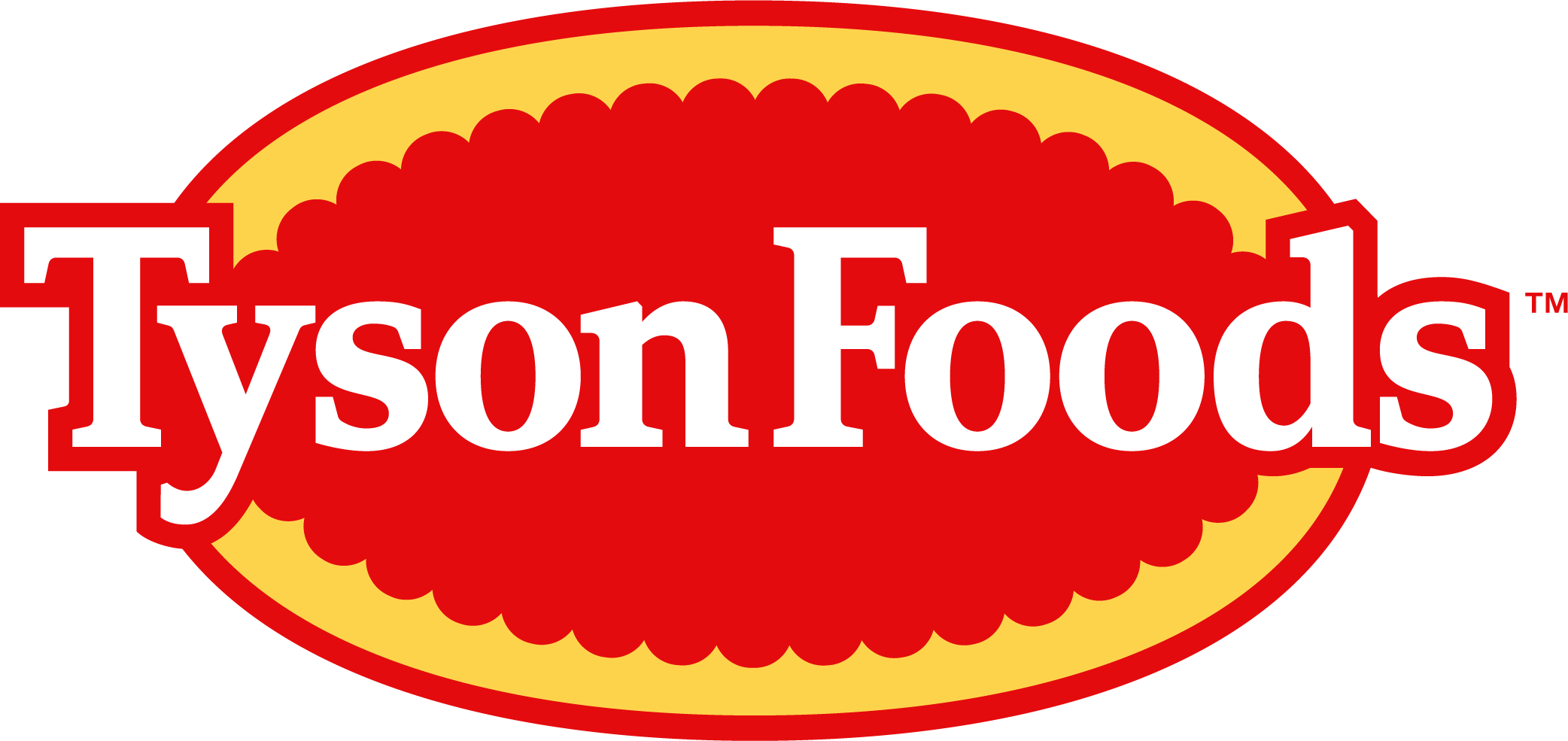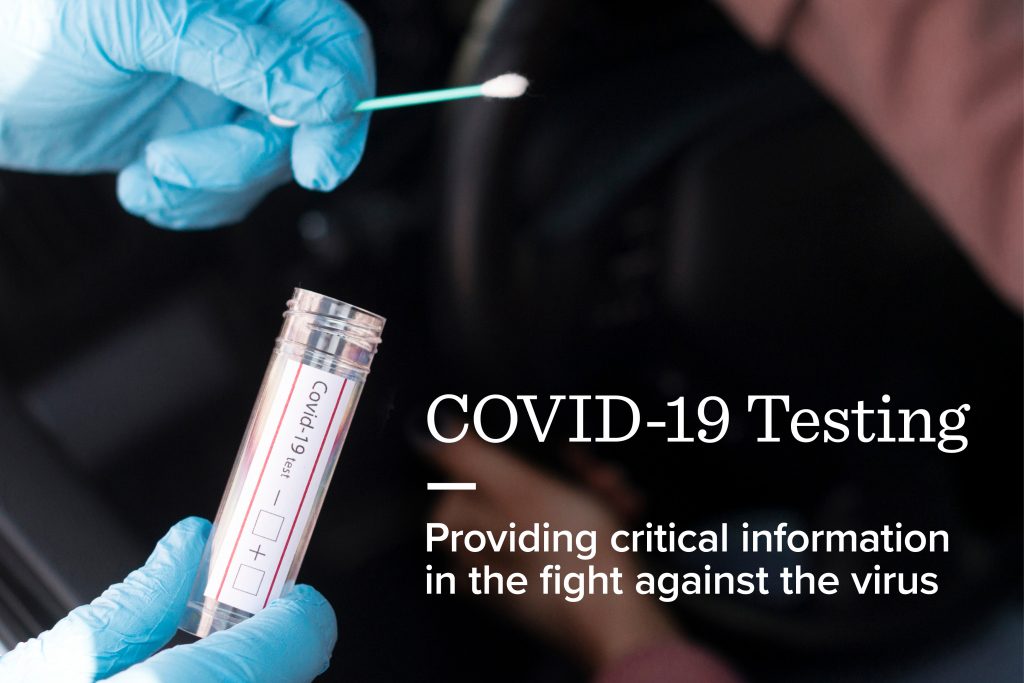Since the beginning of COVID-19, Tyson Foods has made every effort to protect our team members and make them safe at work.
In recent months, we have conducted facility-wide COVID-19 testing at many of our locations, spanning about a third of our U.S. workforce. Doing so means Tyson Foods has likely devoted more resources to COVID-19 testing than any other company in the country.
This has been no small task but is one we embraced. We view testing as another tool for combating COVID-19.
Results from these tests have allowed us to find team members who have the virus but don’t have symptoms and would not otherwise have been identified – providing critical information in the fight against the virus.
Because we believe testing to be so important, we are willing to work alongside like-minded companies to ensure it is carried out industry wide. By sharing best practices, we can collaboratively help mitigate the spread of the virus and create the best environments for our team members to thrive.
We have proactively disclosed verified test results, both for the benefit of our company and the communities in which we operate. While sharing the results may not invite glowing headlines, we believe it’s the right thing to do.
Knowing who has the virus means those who are sick can be quickly isolated until recovery and those who are healthy can come safely to work. It also provides critical information to community health officials and leaders. Without numbers, it is impossible to know the true scope of COVID-19.
Of our 450 facilities across the country, a majority have no cases of COVID-19 that we know of. This means we are largely able to continue the crucial work of feeding the nation as we simultaneously adapt to a new normal.
The following Q & A with Tyson Foods Senior Vice President Scott Brooks, who has been leading our COVID-19 testing efforts, dives deeper into our testing efforts and the importance of what we’re learning.
1. Why are you testing team members?
At Tyson, our top priority is the health and safety of our team members, their families and our communities. We take this responsibility very seriously and are taking significant measures to ensure their health and safety, including conducting onsite testing where appropriate.
Testing can be critical to improving individual health outcomes, helping ensure plant and community safety and giving team members the confidence to come to work and help us maintain a healthy and stable food supply for millions of Americans.
2. Do you plan to conduct widespread testing of team members in all your facilities?
We are prioritizing testing team members at select plants in communities with a higher prevalence of COVID-19 and will assess additional needs based on significant risk factors and access to testing.
3. Why are you disclosing the results from the facilities where large-scale testing is conducted?
Our decision to disclose test results is part of our efforts to help affected communities where we operate to better understand the coronavirus and the protective measures that can be taken to help prevent its spread.
For instance, we are routinely finding high levels of asymptomatic (no symptoms) positives when we conduct large-scale testing at our facilities and because of that, we can do a public service by sharing the results with the local community and helping to control the spread of the virus.
4. Who is conducting the testing?
When the decision is made that facility-wide testing is required, we either work with state and local health officials or with Matrix Medical, a leading medical clinical services company that we have hired. We are also partnering with Axiom Medical, a health care case management provider, in several locations to track the symptoms of team members who test positive and provide additional care.
5. How many facilities have you tested so far?
We have conducted testing and disclosed results from more than 20 facilities across the country.
6. Have you seen any trends in testing results?
In many of the towns and cities where we have conducted large-scale testing, a majority of those testing positive have shown no symptoms and otherwise would not have been identified, demonstrating that we are doing a public service by sharing test results with the local community.
7. Have the facility testing results shown COVID-19 rates higher than the surrounding communities?
We have more than 450 locations across the country, including some 140 production facilities, and a majority have not experienced any COVID-19 cases to date. In some of the sites where we have had cases of the virus, our prevalence is the same as the prevalence in the community. There are some sites where our numbers are higher than the community’s.
While testing is of critical importance to individual team members and useful for our company and relevant authorities, the information about plant infection rates can be misleading when compared with broader community testing results.
Comparing a widely tested population, such as our team members, with a much less-widely tested one is not apples-to-apples. It’s also important to note that positive cases in facilities include many individuals who did not show any symptoms whereas in the wider community only those who exhibit symptoms and are seeking medical care are tested.
Further, testing at plants alone does not provide insight into how widely the community may be infected or how the virus is spreading – that’s why partnering with local health officials is so important for us and the community.
8. Does COVID-19 spread through food?
The U.S. Food and Drug Administration, as recently as June 24, stated “there is no evidence that people can contract COVID-19 from food or from food packaging.” Still, the Centers for Disease Control reminds consumers “before preparing or eating food it is important to always wash your hands with soap and water for at least 20 seconds for general food safety.”
9. Aside from testing, what other actions has Tyson taken to prevent the spread of the virus?
We have put in place a host of protective steps that meet or exceed CDC and OSHA guidance for preventing COVID-19. These include symptom screenings for all team members before every shift, providing mandatory protective face masks to all team members, as well as a range of social distancing measures, including physical barriers between workstations and in breakrooms. We also have designated more than 500 social distance monitors in our facilities.
10. What happens now that test results have been disclosed?
Matrix Medical, which provides on-site health services, as well as our own health services teams have been involved in follow-up monitoring of our team members. This includes testing of team members who report symptoms or have come in contact with someone who has the virus.
We also plan to implement a surveillance program at selected plant locations that will likely include frequent testing of a risk-based sampling of team members. We believe this is important, given the high number of people with the virus who are asymptomatic.
11. Have other companies contacted you to learn more about your testing program?
Some other major U.S. companies as well representatives for other organizations have heard about our efforts and reached out for more information. In addition to describing our program, we’ve also shared some of our learnings, such as the importance of have a reliable outside medical partner to coordinate testing and team member support efforts.
For more information about our COVID-19 efforts, visit our response page at https://www.tysonfoods.com/coronavirus.





